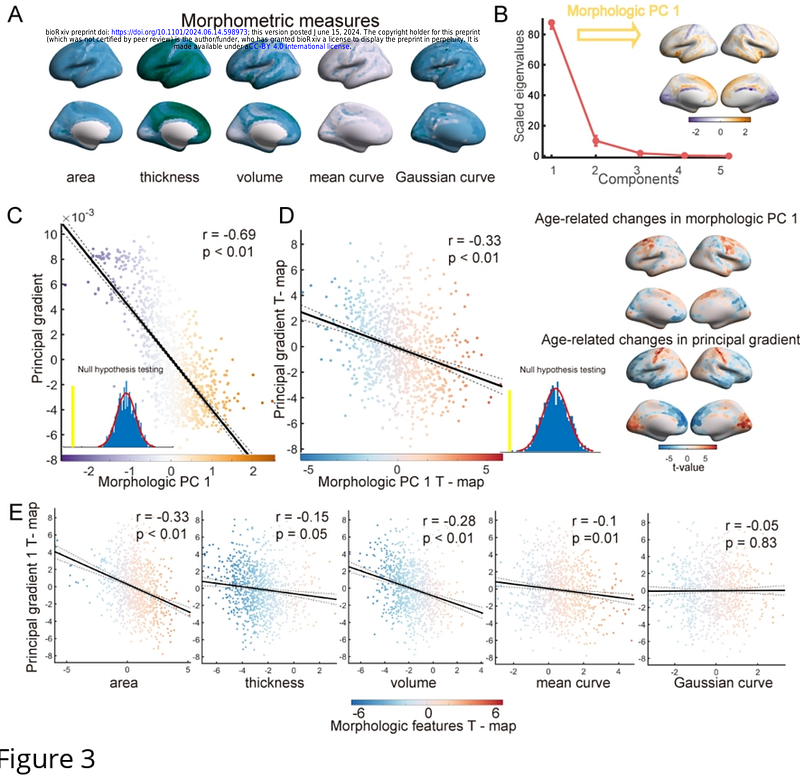The continuous differentiation of multiscale structural gradients from childhood to adolescence correlates with the maturation of cortical morphology and functional specialization

The continuous differentiation of multiscale structural gradients from childhood to adolescence correlates with the maturation of cortical morphology and functional specialization
He, Y.; Zeng, D.; Li, Q.; Chu, L.; Dong, X.; Liang, X.; Sun, L.; Liao, X.; Zhao, T.; Chen, X.; Lei, T.; Men, W.; Wang, Y.; Wang, D.; Hu, M.; Pan, Z.; Zhang, H.; Liu, N.; Tan, S.; Gao, J.-H.; Qin, S.; Tao, S.; Dong, Q.; He, Y.; Li, S.
AbstractFrom childhood to adolescence, the structural organization of the human brain undergoes dynamic and regionally heterogeneous changes across multiple scales, from synaptic pruning to the reorganization of large-scale anatomical wiring. However, during this period, the developmental process of multiscale structural architecture, its association with cortical morphological changes, and its role in the maturation of functional organization remain largely unknown. Here, we utilized a longitudinal multimodal imaging dataset including 276 children aged 6 to 14 years to investigate the developmental process of multiscale cortical wiring. We used an in vivo model of cortical wiring that combines features of white matter tractography, cortico-cortical proximity, and microstructural similarity to construct a multiscale brain structural connectome. By employing the gradient mapping method, the gradient space derived from the multiscale structural connectome effectively recapitulated the sensory-association axis and anterior-posterior axis. Our findings revealed a continuous expansion of the multiscale structural gradient space during development, with the principal gradient increasingly distinguishing between primary and transmodal regions. This age-related differentiation coincided with regionally heterogeneous changes in cortical morphology. Furthermore, our study revealed that developmental changes in coupling between multiscale structural and functional connectivity were correlated with functional specialization refinement, as evidenced by changes in the participation coefficient. We also found that the differentiation of the principal multiscale structural gradient was associated with improved cognitive abilities, such as enhanced working memory and attention performance, and potentially supported by molecular processes related to synaptic functions. These findings advance our understanding of the intricate maturation process of brain structural organization and its implications for cognitive performance.


